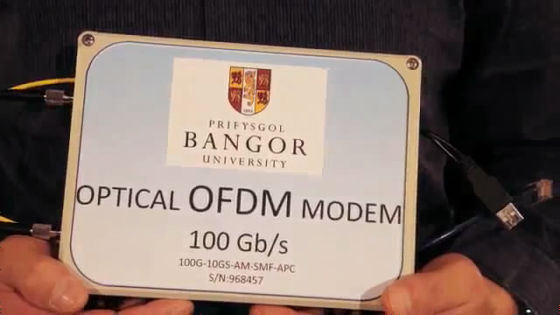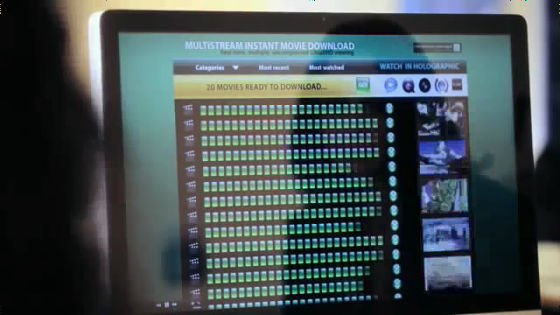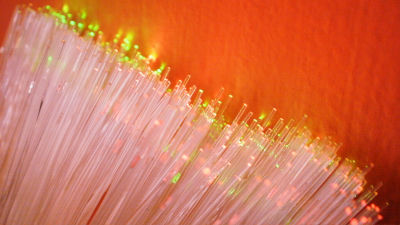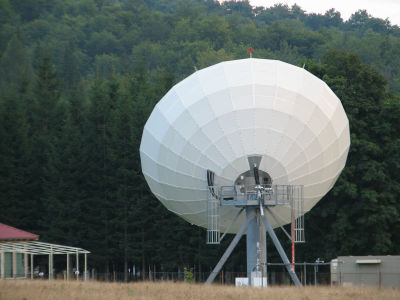A module that speeds up the optical fiber speed to 20 Gbps is being developed under a three-year plan

A research team at the University of Bangor developed a module that can speed up the speed to 20 Gbps without costing the fiber optic network currently in use. Currently it is in the 3-year plan for commercialization, and products will be released from 2014 to around 2015.
Increasing Broadband capacity two thousand-fold - for the same price - News and Events at Bangor University
http://www.bangor.ac.uk/news/full.php.en?nid=11127&tnid=11127

BBC News - Broadband '2,000 times' faster aim of Bangor scientists
http://www.bbc.co.uk/news/uk-wales-20183914

This was developed by a research team such as Professor Jianming Tang of Bangor University and the concept was "I want to realize high speed without costing much".
Ultra High Speed Broadband - Bangor University - YouTube
Now it is natural to play movies delivered online on streaming. However, there are times when the net line is not a performance of the PC but a bottleneck.

In order to solve this, Professor Jianming Tang et al.'s team

On the card you are holding is the letter "100 Gbps modem". This is 100 times the speed of 1000 Mbps (1 Gbps) which is a general optical fiber.

If this is realized, it is too quick to download twenty movies simultaneously.

"Now, let's make it a popcorn time," Nikkori.

So, what should we do to speed up? In the optical fiber network, digital data consisting of 0 and 1 is converted to an optical signal and sent out. However, as the cable becomes longer, a transfer error will occur.

To solve this, there are means such as increasing the number of strands (more strands) in the optical fiber, increasing the number of lasers used to encode and decode the signal, or amplifying the signal, but in either case It is costly.


Professor Tang is trying to solve this with one chip.


Dr. Roger Giddings, who is involved in this project "Ocean project" explains the outline of the project, "It is aimed at exploring the cost-effective and practical way to speed up the fiber-optic network."
Without using innovative technology in the project, existing OOFDMOrthogonal Frequency Division Multiplexing) Was used. In this method, raw data is converted into physical electric wave and further converted into optical signal. In Ocean project, we developed a module that can directly convert to optical signal and directly convert from optical signal did. About the same kind of problems are tackled by about 10 teams in the world, but it seems that only this team has created a system capable of real-time transmission and reception.
Using this module, the team already realized transfer at 20 Gbps. It is thought that reaching 40 Gbps is no problem.
In the area of broadband, Google said the communication speed is 1 GbpsStart deploying Google Fiber in Kansas Citydoing. Also, in the UK Virgin Media offers 1.5 Gbps service in eastern London. However, in the actual survey conducted in October 2012, the average communication speed in London is 33.4 Mbps. It means that the speed is only 0.17% of the 20 Gbps that the Ocean project has already reached.
However, if this Ocean project completes the module and becomes incorporated in the network, the communication speed will be greatly improved.
The project is not only for Bangor University but it is supposed to be cooperated with Fujitsu Semiconductor Europe, Fraunhofer Institute, Heinrich-Hertz Institute, Finisher and Virtual Photonics.
"Currently, it's the first year of the three-year plan, and at the end of the plan I'd like to put out a module that I put into practical use," Dr. Giddings says.
Related Posts:
in Hardware, Posted by logc_nt







